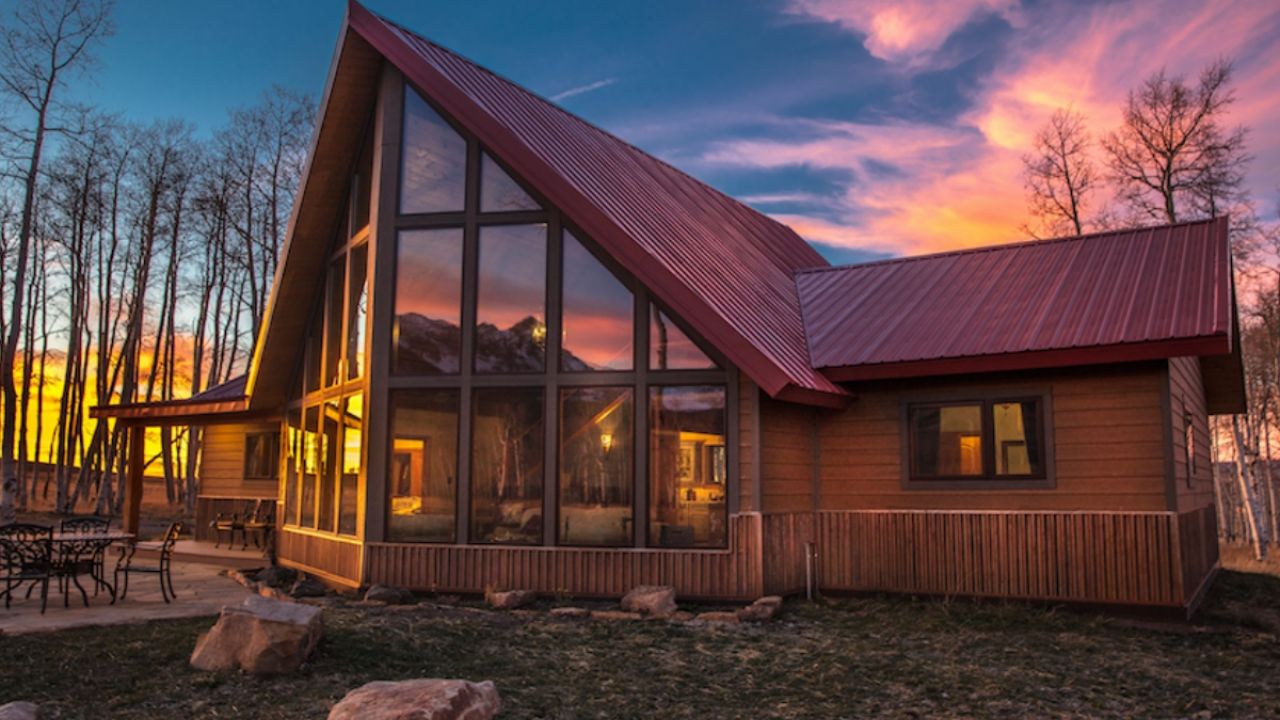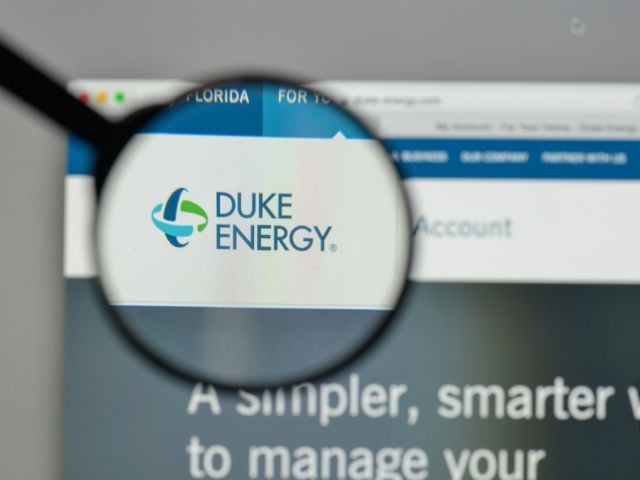
Efficiency should be the core of national, state and local energy policy. The American Council for an Energy-Efficient Economy estimates that, since 1990, advances in energy efficiency have supplanted the need for more than 300 large power plants, averting the release of hundreds of millions of tons of air pollution and saving consumers nearly $790 billion.
But there’s enormous potential for even more efficiency, and improvements in the energy efficiency of houses and other residential buildings are essential to that goal. Buildings account for 40 percent of all energy usage nationwide. Residential buildings contribute almost 20 percent of all U.S. greenhouse gas emissions, from the use of electricity and natural gas.
Across the nation, builders and buyers are investing in net zero energy, or ZE, housing – residences that produce as much energy as they use. According to the Department of Energy, ZE housing is at least 40 to 50 percent more efficient than the average home or apartment. Efficiency measures include Energy Star appliances, air and water heat pumps, LED lighting, and insulation of walls, attic and foundation. A combination of energy efficiency and solar power is required to reach net zero energy.
Net zero energy residences cost 7 to 8 percent more than conventional housing, but the energy investment can pay for itself in a surprisingly short time. A recent report from the Rocky Mountain Institute estimates how long it will take in 50 major cities for ZE homes to pay back the added investment in efficiency and solar. Here are the top 10:
Payback Period for Net Zero Energy Homes
|
City |
Years to pay back added cost |
|
San Francisco |
7.8 |
|
Detroit |
9.1 |
|
Baltimore |
9.2 |
|
Columbus, Ohio |
9.7 |
|
New York |
10.1 |
|
Phoenix |
10.7 |
|
Jacksonville, Fla. |
10.9 |
|
Los Angeles |
11 |
|
Washington |
11 |
|
Chicago |
11.4 |
Source: Rocky Mountain Institute.
Chart adapted from InsideClimate News.
Interestingly, payback periods don’t depend on region but rather on factors such as electricity rates and labor costs. Shorter payback periods can be realized in cooler-weather cities in the Midwest due to higher heating costs. But the presence of four warm-weather cities in the top 10 show that the efficiency door swings both ways.
The Rocky Mountain Institute cautions that although not all homes in all areas can be ZE, all homes can be highly efficient. The key is being fully electric for central heat and water heating. Homes with gas heat can achieve net zero electricity use.
The Net Zero Energy Coalition publishes an annual report on the extent of the new and retrofit market for ZE housing. Right now, less than 1 percent of all housing in the U.S. is either net zero energy or ready to be made ZE with more efficient systems. But from 2016 to 2017 the number of ZE housing units doubled. According to Building Design+Construction, citing an analysis by Navigant Research, the ZE market in the U.S. is expected to grow by more than 40 percent a year, reaching nearly $130 billion in less than 20 years.
The benefits of high-efficiency housing go beyond cost. To avoid mold, ZE buildings employ ventilation systems to circulate outside and inside air throughout the building while maintaining its efficiency rating. To further improve indoor air quality, ZE building requirements contain guidelines about which building materials to avoid – namely, those that emit volatile organic compounds, such as conventional paint and carpeting – and which to use, with the goal of improving indoor air quality.
The Net Zero Energy Coalition emphasizes that changes in public policy are essential for capturing the economic and public health benefits of energy efficient housing. These policy options include updating building codes to require the necessary efficiency measures, worker training, builder education and proper certification of high-efficiency housing.


